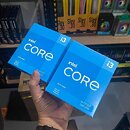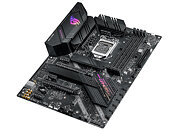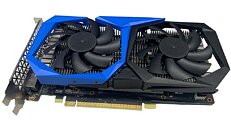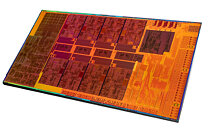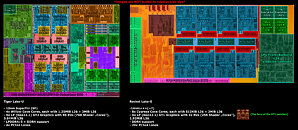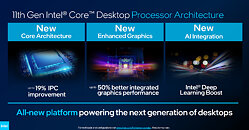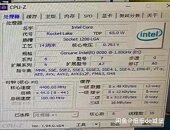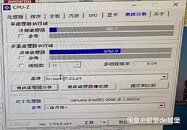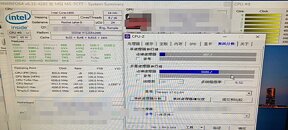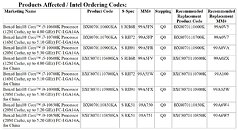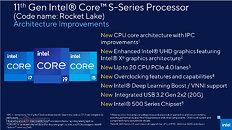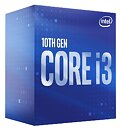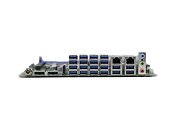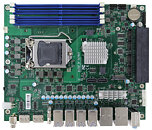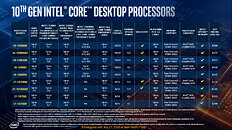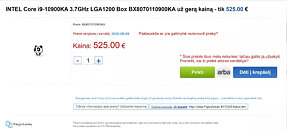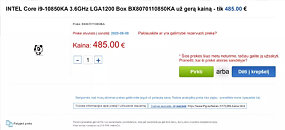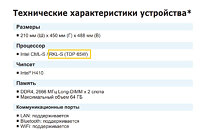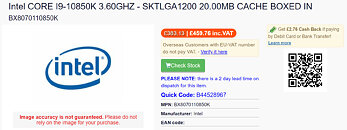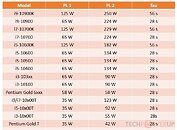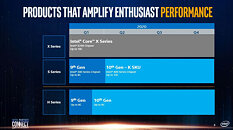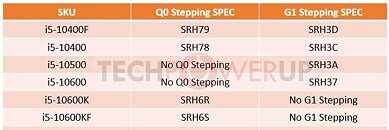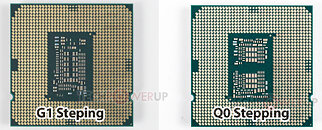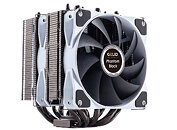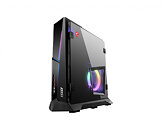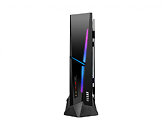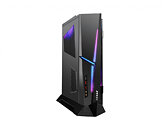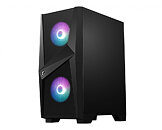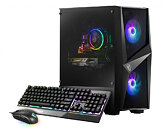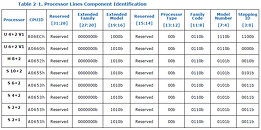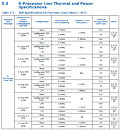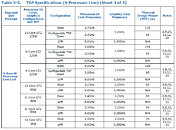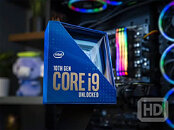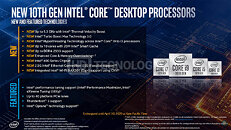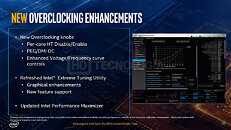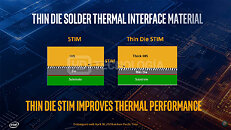Axiomtek Launches Edge Computer with Dual GPU Expansion for AI Accelerated Processing
Axiomtek - a world-renowned leader relentlessly devoted to the research, development, and manufacturing of innovative and reliable industrial computer products of high efficiency - is proud to introduce the IPC972, its new industrial edge AI system with dual GPU support. The highly expandable edge computer supports the Intel Xeon or 10th gen Intel Core i7/i5/i3 processor (code name: Comet Lake S) with the Intel W480E chipset. With the ability to support two NVIDIA GeForce RTX 3090 GPU cards, the IPC972 enables to facilitate image processing, real-time control, data analysis, deep learning, AOI, data acquisition, and more automation tasks.
Axiomtek's IPC972 continues the IPC970 series design, offering flexible expansion options with one I/O module slot and four PCIe slots. In addition, it has one M.2 Key B 3042/3050 slot with SIM slot for 5G wireless connection, one M.2 Key E 2234 slot for Wi-Fi/Bluetooth modules and one full-size PCIe Mini Card slot with SIM slot for Wi-Fi/Bluetooth/LTE modules. With the compact and front-facing I/O design, the IPC972 provides the advantages of fast set-up and easy access and deployment. For stable operation in mission-critical environments, the IPC972 has a wide operating temperature range of -10°C to +60°C and a power input of 24 V DC (uMin=19 V/uMax=30 V) with power-on delay function, over-voltage protection, over current protection, and reverse voltage protection.
Axiomtek's IPC972 continues the IPC970 series design, offering flexible expansion options with one I/O module slot and four PCIe slots. In addition, it has one M.2 Key B 3042/3050 slot with SIM slot for 5G wireless connection, one M.2 Key E 2234 slot for Wi-Fi/Bluetooth modules and one full-size PCIe Mini Card slot with SIM slot for Wi-Fi/Bluetooth/LTE modules. With the compact and front-facing I/O design, the IPC972 provides the advantages of fast set-up and easy access and deployment. For stable operation in mission-critical environments, the IPC972 has a wide operating temperature range of -10°C to +60°C and a power input of 24 V DC (uMin=19 V/uMax=30 V) with power-on delay function, over-voltage protection, over current protection, and reverse voltage protection.



